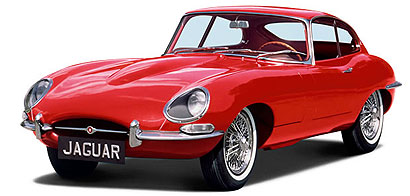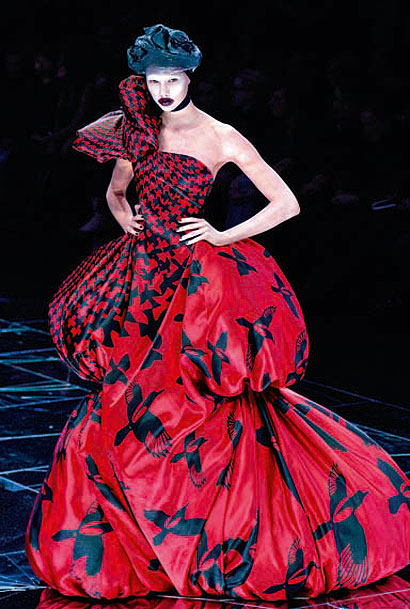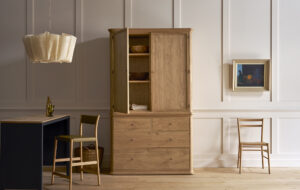|
|
||
|
The V&A’s tour through British design takes the 1948 “Austerity Olympics” as its starting point. As such, the exhibition tries to draw a tidy circle around a sprawling 60 years of graphic and product design, architecture and fashion, linking its postwar origins with its current-day audience in one agile move. Despite its start date, British Design 1948-2012 does not take an austere ethos to heart. Instead it presents a survey of design to counter decline, in which creativity rises from recession. We are welcomed by John Piper’s mural for the 1951 Festival of Britain, The Englishman’s Home. The Festival’s purpose was in line with that of the exhibition itself – to boost the morale of a financially scarred isle in a showcase of homegrown invention. The choice of Piper’s mural and other Festival memorabilia is emblematic of the concern to represent certain facets of Britishness. But how is this supposed Britishness contrived? And for whom? We meet cosy heritage versus sleek modernity; subversion turned to pop, street styles that went bang, and the functional progress of technology. There are designs to make the native visitor feel at home, and a selection of trusted exports – punk posters, Beatles record sleeves, Grand Theft Auto – to keep things familiar for those from abroad. Piper’s The Englishman’s Home also announces the preoccupation with home-making at play in the postwar years, through the first fitted kitchens and the rise of lifestyle publishing. Through shifting tensions between tradition and modernity, we witness the country’s – and the exhibition’s – continual conflict: to accept to be something like modern, or to revert, nostalgically, to the past. Next to Ernö Goldfinger’s brutalist Balfron Tower and the utopian garden plans of the new towns come interiors infiltrated by Regency styles, awash with Laura Ashley florals. Next to plans for the Southbank and the Design Research Unit’s road network signs, comes the bejewelled gown of the 1953 coronation. Given the Olympic framing, Cedric Price’s unrealised plans for The Fun Palace (1960-61), originally sketched for the same east London site, would have been a worthy inclusion here.
credit Jaguar Heritage We walk on into the 1960s and “Subversion” – flagged, firstly, by Eduardo Paolozzi’s consumer totem, Diana as an Engine, and Allen Jones’s erotic bondage chair. This gallery entertains with ground-up rather than state-down projects, drawing traces between the radical moves of burgeoning art schools and the ascent of their influence – on music, street culture, and finally, the high street. It is testament, then, to the art students’ success that what was once thigh-baringly daring now seems like cliche. Too much space is occupied by Bowie and Eno stage costumes and by predictable Jean Shrimpton and Twiggy shots. However Thermodynamic, a photo-portrait by Terence Donovan that frames a suited man before a power station, does capture the self-conscious style and industrial sublime of urban Britain. There’s a sense that the exhibition’s will for subversion is cramped by its institutional setting – but the curators are clearly trying. Haçienda designer Ben Kelly’s club mock-up shows the cultural significance of the Manchester rave scene, if not its sweaty dawns. A recreation of Damien Hirst and Matthew Freud’s Pharmacy restaurant, all drug cabinet walls and pilled-up wallpaper, marks the collision of YBA parties and New Labour politics. A games suite complete with ludic soundtrack, Hussein Chalayan’s dress of 15,000 flickering LEDs and Troika’s programmed Falling Light installation strive to match the optimistic tagline, “Innovation in the Modern Age”. In the end, British Design takes us only as far as the Olympic present; there’s little critical engagement with what this means for tomorrow. The parametric curves of Zaha Hadid’s aquatics centre are left to vaguely signal the scope of digital design to come.
credit Francois Guillot/AFP/Getty Images British Design 1948-2012: Innovation in the Modern Age is at the Victoria and Albert Museum, London until 12 August 2012. |
Image Jamie Reid
Words Hannah Gregory |
|
|
||




















